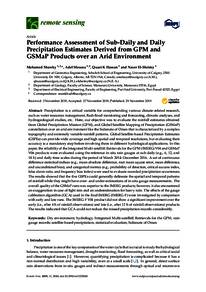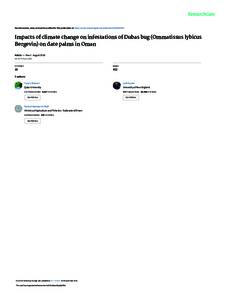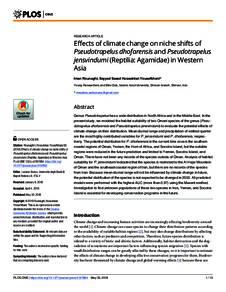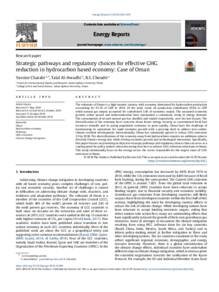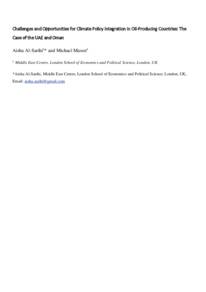وثيقة
Performance assessment of sub-daily and daily precipitation estimates derived from GPM and GSMaP products over an arid environment.
المعرف
DOI: 10.3390/rs11232840
المصدر
Remote Sensing. v. 11, 23, 2840
المساهمون
الدولة
Switzerland
مكان النشر
Basel
الناشر
MDPI AG.
ميلادي
2019-12-01
اللغة
الأنجليزية
الملخص الإنجليزي
Precipitation is a critical variable for comprehending various climate-related research, such as water resources management, flash flood monitoring and forecasting, climatic analyses, and hydrogeological studies, etc. Here, our objective was to evaluate the rainfall estimates obtained from Global Precipitation Mission (GPM), and Global Satellite Mapping of Precipitation (GSMaP) constellation over an arid environment like the Sultanate of Oman that is characterized by a complex topography and extremely variable rainfall patterns. Global Satellite-based Precipitation Estimates (GSPEs) can provide wide coverage and high spatial and temporal resolutions, but evaluating their accuracy is a mandatory step before involving them in different hydrological applications. In this paper, the reliability of the Integrated Multi-satellitE Retrievals for the GPM (IMERG) V04 and GSMaP V06 products were evaluated using the reference in-situ rain gauges at sub-daily (e.g., 6, 12, and 18 h) and daily time scales during the period of March 2014-December 2016. A set of continuous difference statistical indices (e.g., mean absolute difference, root mean square error, mean difference, and unconditional bias), and categorical metrics (e.g., probability of detection, critical success index, false alarm ratio, and frequency bias index) were used to evaluate recorded precipitation occurrences. The results showed that the five GSPEs could generally delineate the spatial and temporal patterns of rainfall while they might have over- and under-estimations of in-situ gauge measurements. The overall quality of the GSMaP runs was superior to the IMERG products; however, it also encountered an exaggeration in case of light rain and an underestimation for heavy rain. The effects of the gauge calibration algorithm (GCA) used in the final IMERG (IMERG-F) were investigated by comparison with early and late runs. The IMERG-F V04 product did not show a significant improvement over the early (i.e., after 4 h of rainfall observations) and late (i.e., after 12 h of rainfall observations) products. The results indicated that GCA could not reduce the missed precipitation records considerably.
ISSN
2072-4292
URL المصدر
قالب العنصر
مقالات الدوريات

